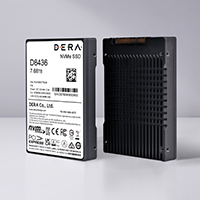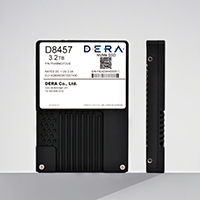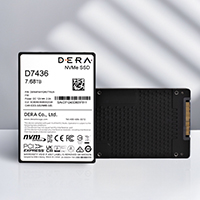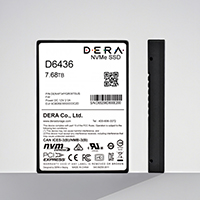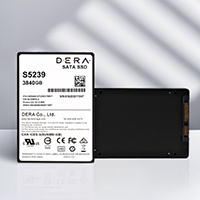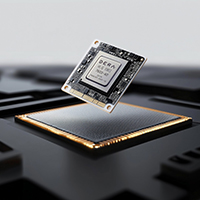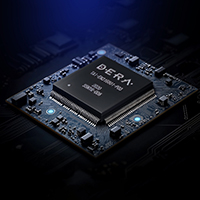
SUMMARIZE
IoT edge computing brings processing power to the network edge.
By analyzing data locally—near devices or sources—it slashes latency for faster system response. In manufacturing, it enables real-time equipment monitoring and fault alerts to keep production running. In smart transit, it quickly parses imagery to optimize traffic flow.
This solution cuts data transfer costs, eases cloud burdens, and unlocks edge data value—empowering precise decision-making. It drives industry-wide smart transformation, boosting competitiveness through efficiency and cost savings.

POINT
In storage for IoT edge computing:
Exploding data demands massive, scalable storage—yet device space is limited.
Edge speed requires fast read/write for real-time processing, with stable performance even in tough conditions (critical for decision-making).
Security is non-negotiable: Edge data faces theft/tampering risks, and drives must survive harsh environments.
Power and heat matter too: High power drains battery; poor cooling hurts performance.
These challenges test every aspect of edge storage.
CASE
An urban meteorological monitoring network deploying 800+ edge nodes in cities and suburbs requires real-time processing of sensor-collected data (precipitation, wind speed, etc.). DERA provides high-performance, low-power enterprise SSDs to build an edge storage solution, addressing efficiency challenges in high-frequency data collection and localized analysis—enabling real-time operation of short-term forecasting models.
-
CHALLENGE
High Thermal Dissipation Pressure at Edge Nodes | Low Data Preprocessing Efficiency | Surging Cloud Bandwidth Costs
-
SOLUTION
Deploying DERA NVMe SSDs, leveraging PCIe 3.0 to achieve 3400MB/s sequential read and 390K random IOPS with as low as 5W power consumption per drive. Intelligent caching technology enhances hot data access efficiency, while data compression algorithms reduce transmission volume by 30%. The compact design fits standard edge servers, ensuring 7×24 stable operation.
-
BENEFIT
● 65% reduction in data preprocessing latency; extreme weather warning response time shortened to 6 minutes
● 50% lower cloud bandwidth costs; 25% reduction in overall edge node power consumption; device failure rate controlled within 5%
● Enables minute-level refined forecasting with 10% higher warning accuracy, significantly enhancing meteorological service timeliness

